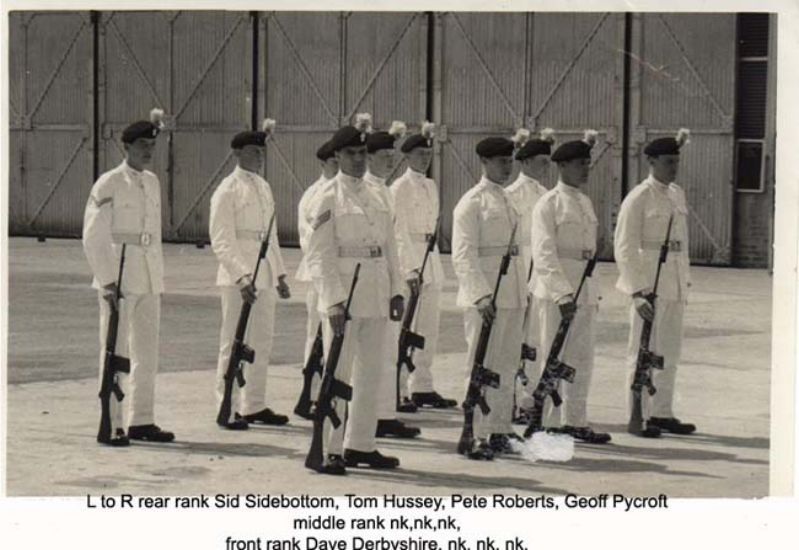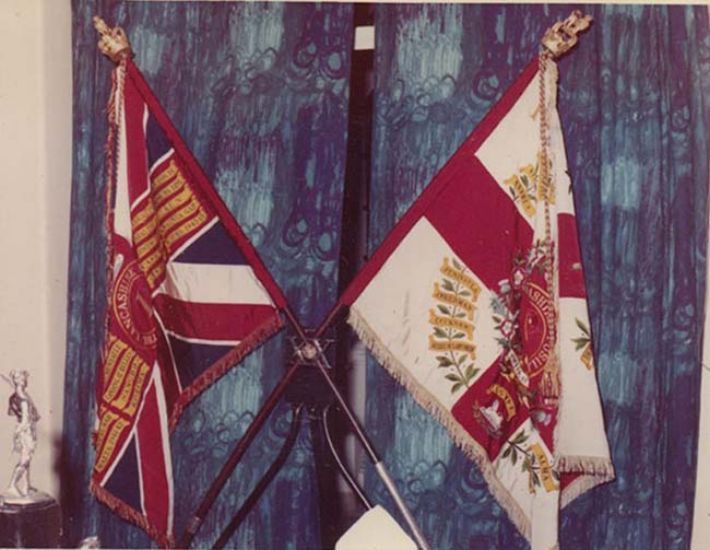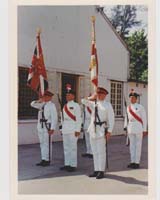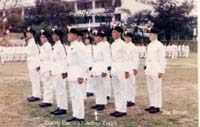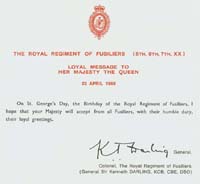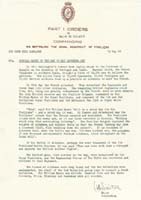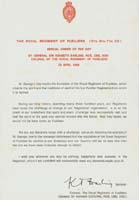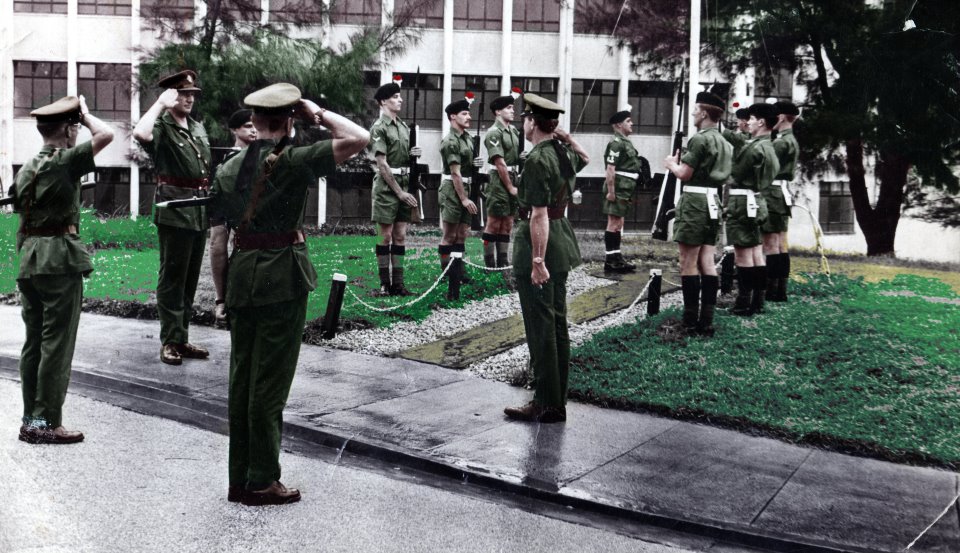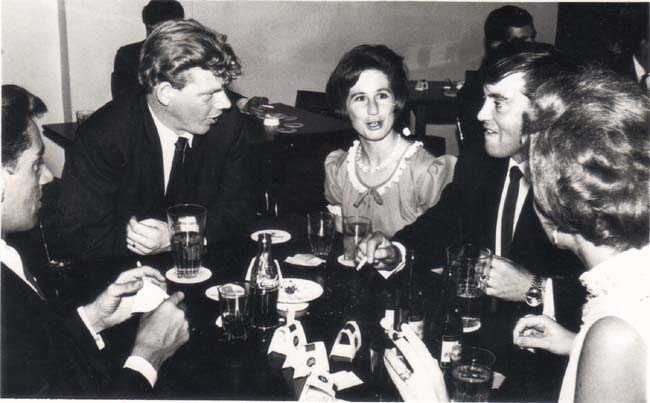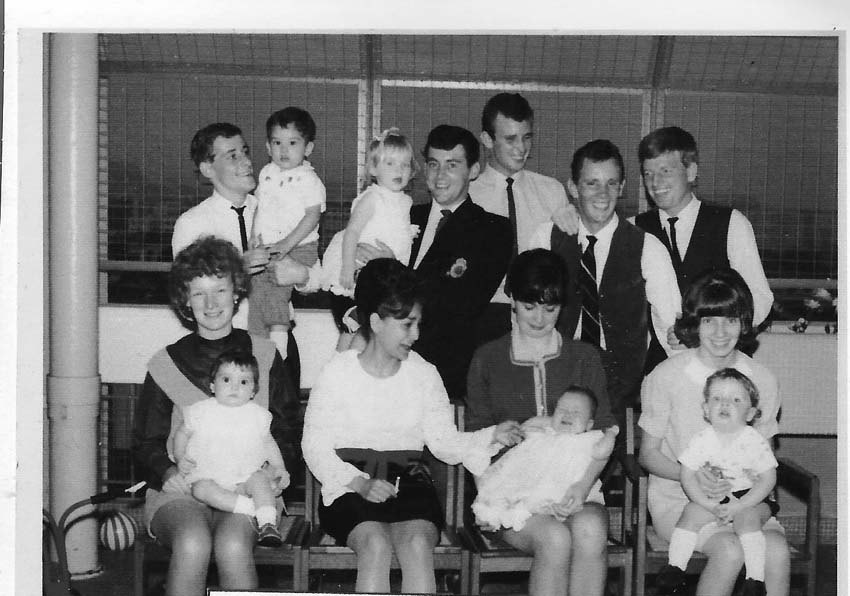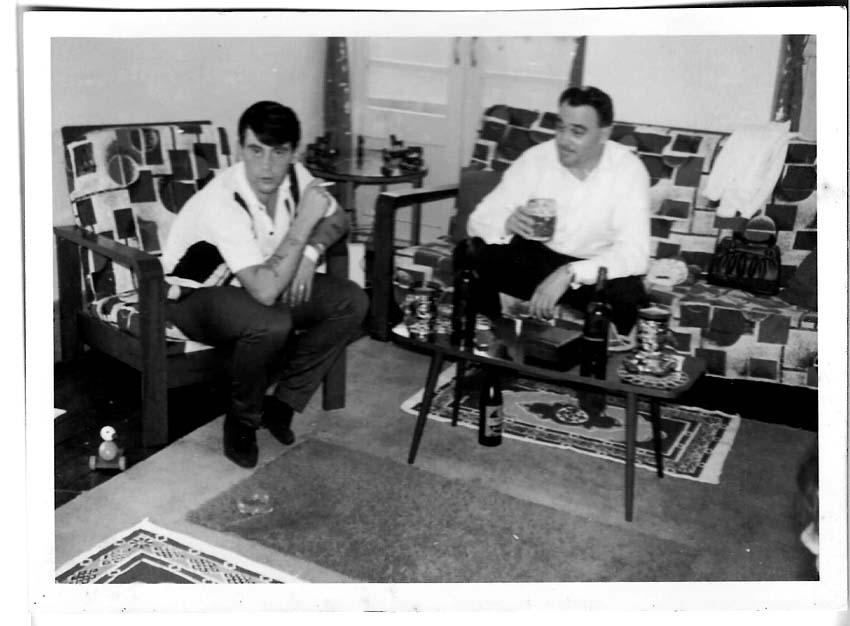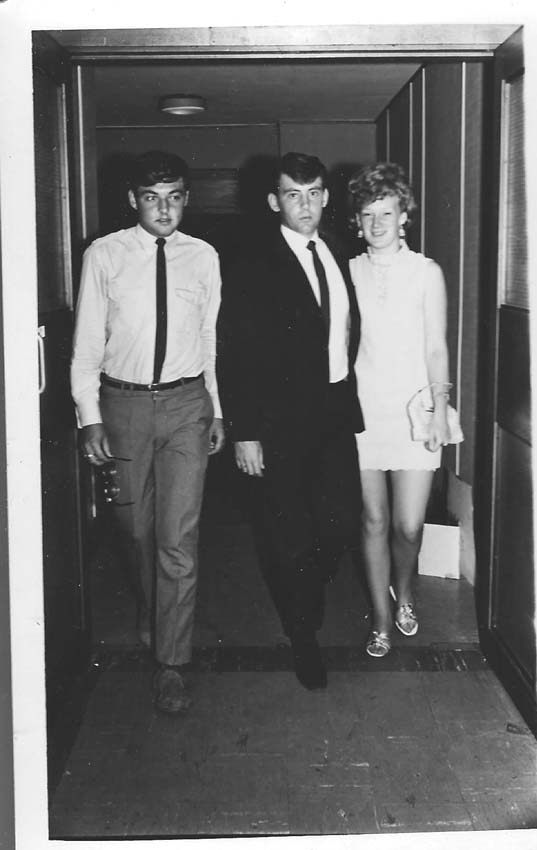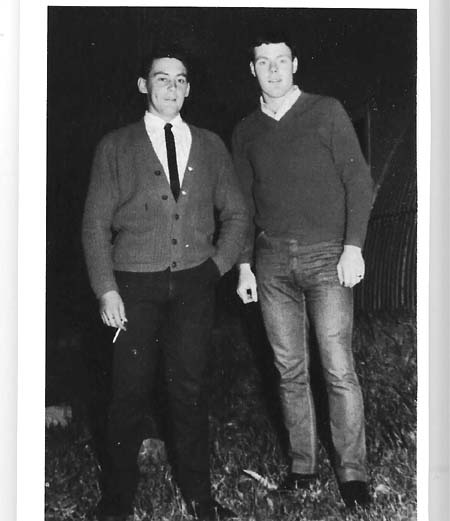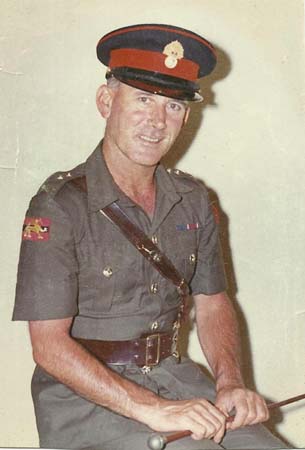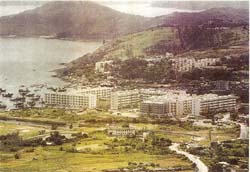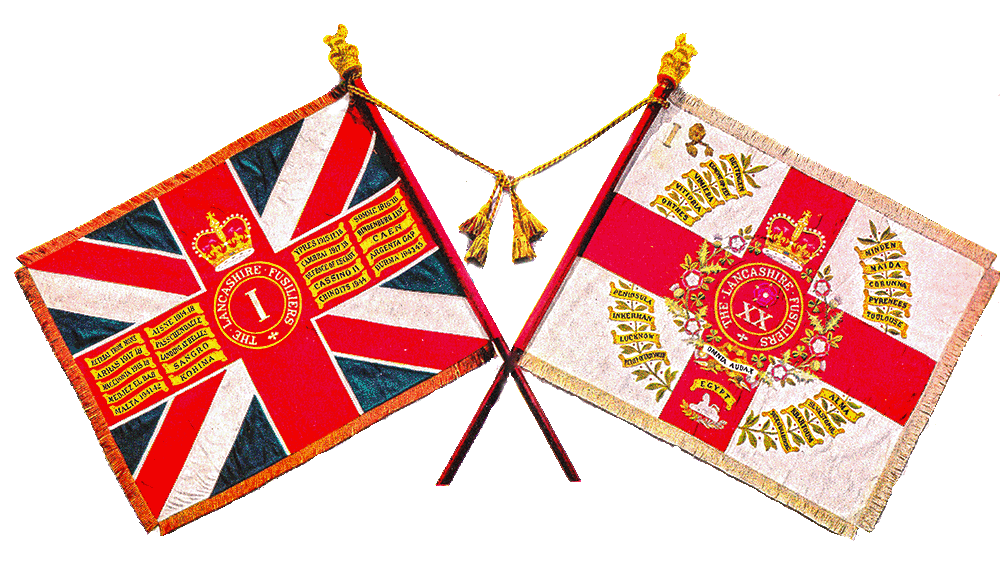|
The
1st Battalion served in
Hong Kong from 1967 until 1969, under the command of Lt. Col. T.D.Lloyd Jones. The Lancashire Fusiliers were based in Kowloon at Gun Club Barracks on Austin Road, with 2 satellite locations,one at Erskine Camp in the New Territories, and one at Fanling on the Hong Kong /China border. Platoons were rotated between border posts, which varied in numbers from Platoon strength to Observation Posts of just a few men. |
|
The
1st Battalion The XXth The Lancashire Fusiliers In Hong Kong
1967 to 1969. In April 1966, a protest against
a rise in Star Ferry fares became focused on the hunger strike of a
deranged young man and led to riots in Kowloon. These started as spontaneous
demonstrations by young people. The playfulness of these riots turned
more destructive as looting and arson spread. One adult rioter was killed
by police fire. The Hong Kong police lost ten killed and many wounded, but showed admirable restraint. Leftist demonstrators at the
front of Hong Kong's Government House chanted quotes from Mao's 'Little
Red Book'. Tens of thousands of demonstrators queued all day to stick
posters on the walls of Government House and present petitions, one
by one, to the Governor's ADC. |
|
Photos From:
|
Special Orders and Part 1s
sent in by
Mike Murray


